April 2025, Sony finally announced its new additions to its Bravia range: three televisions appeared in the catalog: the Bravia 3, the Bravia 5, and the very tempting Bravia 8 II. The latter will serve as Sony's benchmark in the OLED field this year, with a price positioning that will certainly not leave your credit card indifferent. We've seen all these new products. Here's what we think of this first contact.
In 2024, we witnessed a real strategic change at Sony. First, in terms of product naming: no more aliases based on letters and numbers, A95L or X90L for example. The Bravias are inspired by the Xperia by adopting the generic name and a number to indicate the range. But unlike Xperia, the selling price is proportional to the number. A change that also affects soundbars. Thus, alphanumeric references also give way to a generic umbrella brand "Bravia Theatre".
Read also – This Sony innovation could make even the 2025 Bravias obsolete
Second change, as with Xperia, the new Bravias will be fewer in number each year, thus mechanically extending the lifespan of a model. Sony is now choosing its battles more tactically. More OLED one year. More mini-LED the next. Etc. From these two changes were born in 2024 the Bravia 9, Bravia 8 and Bravia 7, the latter having been the subject of a full test in our columns. Three new televisions in a catalog that then had ten.
The Bravia 8 II is Sony's new OLED benchmark
A year later, Sony reiterates this 2024 strategy by presenting three new Bravias. The Bravia 3, which replaces the X75WL (Sony's cheapest 4K LED model in 2024); the Bravia 5, which replaces the X90L (which we tested here); and the Bravia 8 II (pronounced "eight mark two") which replaces the excellent A95L released two years ago. Of these three products, only the Bravia 8 II is an OLED model, the other two rely on a mini-LED backlight. Moreover, it is not a "classic" OLED with white diodes that we find in the Bravia 8 II, but a QD-OLED, with a blue backlight accompanied by its layer of quantum dots to create the colors, like on the A95L.
However, Sony is taking advantage of this evolution between the A95L and the Bravia 8 II to make several changes, particularly on the brightness. According to Sony's measurements, the Bravia 8 II boasts a 25% higher peak brightness than the A95L. And this is without sacrificing control: blacks are deeper and many details appear in both dark and bright areas. Unsurprisingly, Sony also announces a higher peak brightness than the 2024 Bravia 8. And the increase is crazy: +50%.
QD-OLED technology also shows its superiority over W-OLED in terms of colors, since the range is even wider. During the demonstrations, we noticed that the Bravia 8 II is very faithful to the reference monitors developed by Sony and used in cinema. In fact, some filmmakers even go so far as to install these Bravias on set to check the final result. The Bravia 8 II is compatible with Netflix, Sony Pictures and Prime Video modes, in addition to Dolby Vision (and Atmos) and IMAX Enhanced certifications.
The Bravia 8 II will be cheaper than the A95L, but still not affordable
The Bravia 8 II finally benefits from a slimmer design than the A95L. Its chassis is only 34 mm thick. It has two metal feet that attach to the edges. This is the only possible position: there is no centered position on this model. However, you have two possible heights for installing a soundbar. The frame is made of brushed metal. And the borders are very thin.
The connection cable, located on the right, is not removable, a small peculiarity of this model. There is still only one HDMI 2.1 port. The television is available in only two sizes: 55 and 65 inches. To get smaller OLED, you'll need to look at the aging A90K from 2022. And if you want bigger, there's the Bravia 8 from 2024, which goes up to 77 inches. But no more, Sony telling us that it would be too prohibitive to go beyond that.
A perfect transition to talk about the price. Sony has not yet revealed the asking price for the Bravia 8 II, but there are several indications in the brand's communication. First, for the same size, the Bravia 8 II should be more expensive than the Bravia 8, which will remain in the catalog in 2025. Knowing that a 55-inch Bravia 8 is sold at 1900 euros on the brand's merchant site. Then, the Bravia 8 II will be more affordable than the A95L. Still on the Sony website, the 55-inch A95L is sold at 2500 euros. The middle of the range is therefore 2200 euros, which, given the technological developments, is a pretty good deal.
Sony is also renewing its mid-range mini-LED offer
Sony's other two new products are the Bravia 3 and Bravia 5. The first is a fairly classic model, with a standard Full LED screen supported by the X1 processor. The main advantage of this product is that it offers the "Sony experience" at a low price (less than 700 euros for a 50-inch model). The television is compatible with Triluminos Pro and Dolby Vision / Atmos. And it natively supports Remote Play (with the PS4 and PS5), which the X75WL could not. The Bravia is available in 6 sizes, ranging from 43 inches to 85 inches. The Bravia 5 is a 4K television with mini-LED backlighting powered by an XR processor. While the number of lighting zones is still not official from Sony, the brand still announces that it has integrated 6 times more in this Bravia 5 than in the X90L. We find all the important colorimetric and HDR certifications in this Bravia 5: Netflix, Prime Video, Sony Pictures Core, Dolby Vision (and Atmos), as well as IMAX Enhanced. On the audio side, the Bravia 5 also benefits from Voice Zoom 3, Acoustic Multi Audio and Acoustic Center-Sync (which you also find in the Bravia 8 II, of course). A complete television, therefore, which comes in 5 sizes, from 55 inches to 98 inches.
Sony also unveils new audio accessories for its Bravia
Let's finish this presentation of the Bravia 2025 range with audio. Sony has unveiled a new mid-range soundbar: the Bravia Theatre Bar 6, accompanied by a subwoofer. A 3.1.2 system, you will find in the bar three front tweeters and two upward-facing speakers to improve spatialization. It is compatible with DTS-X, Dolby Atmos and Voice Zoom 3, but not with Acoustic Center-Sync. The Bravia Theatre Bar 6 replaces the G700. And the difference between the two generations is quite impressive, whether in terms of power, spatialization or the roundness of the sound.
Next comes the Bravia Theatre System 6, a complete 5.1 system with a soundbar (3 tweeters), two satellites, and a subwoofer. Sony announces a total power of 1000 watts, which is really felt in movies, series, but also when listening to music. Finally, Sony completes its offer with a new optional 100-watt subwoofer (Bravia Theatre Sub 7) and a pair of dual-channel rear satellites (Bravia Theatre Rear 8).

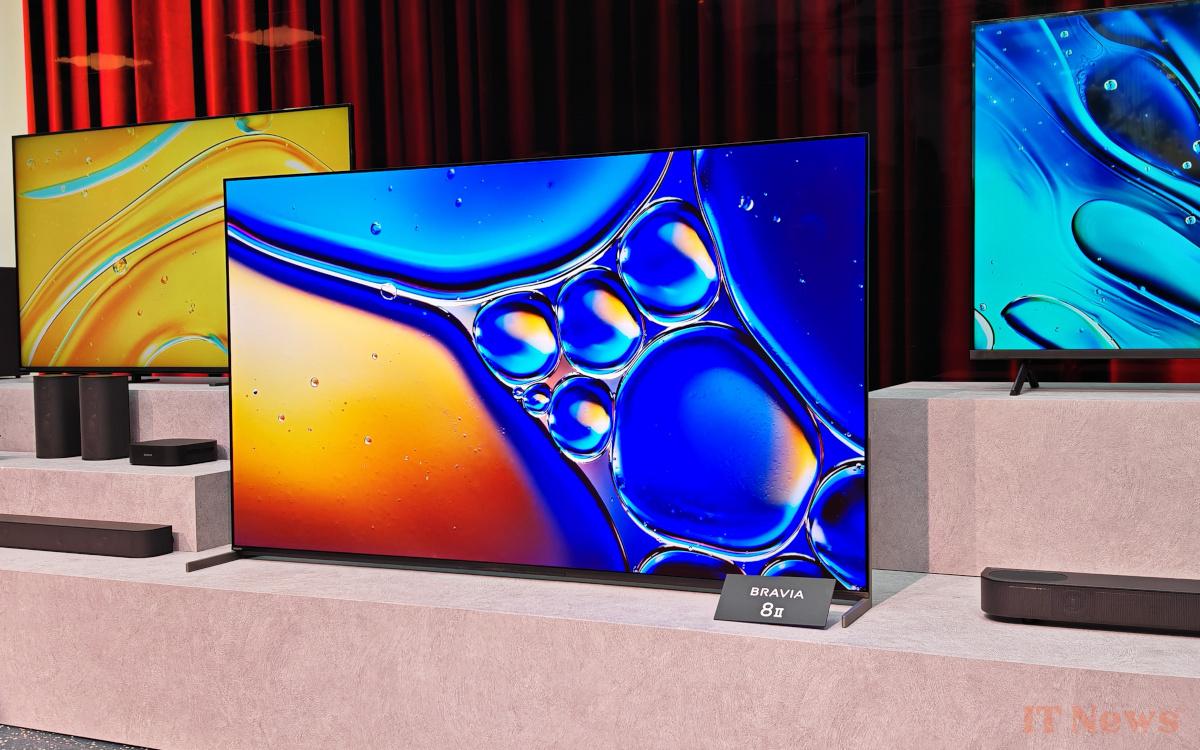

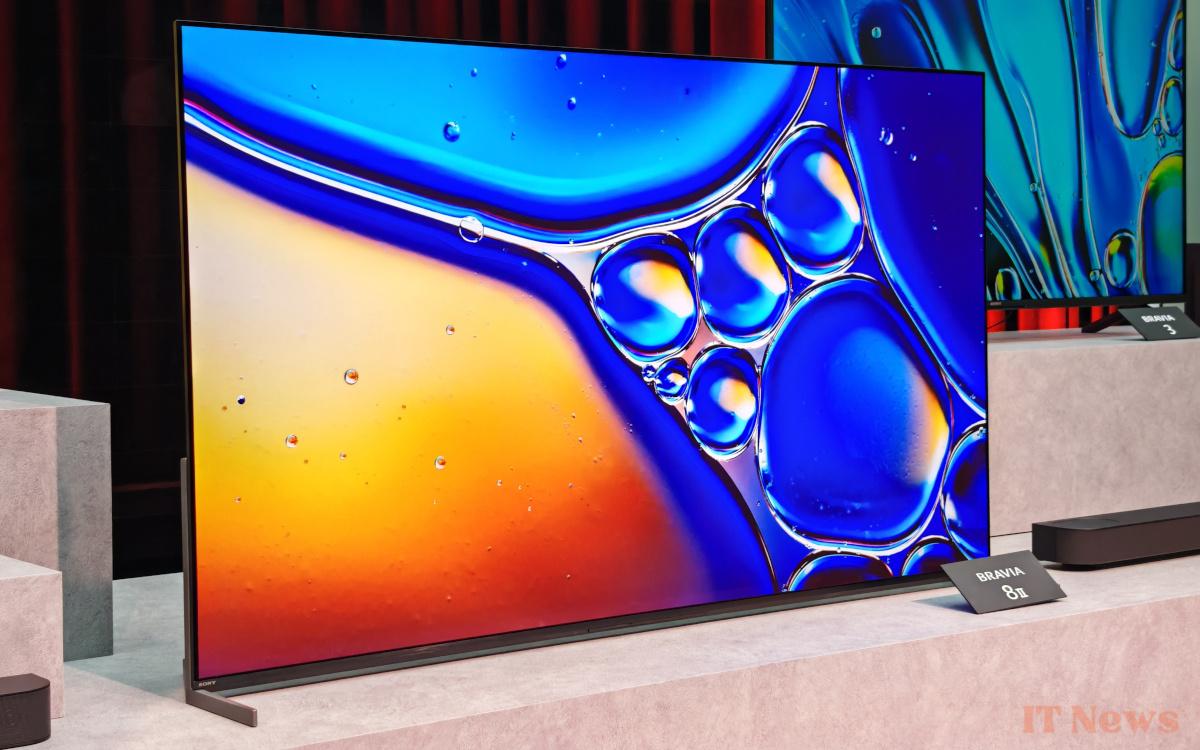
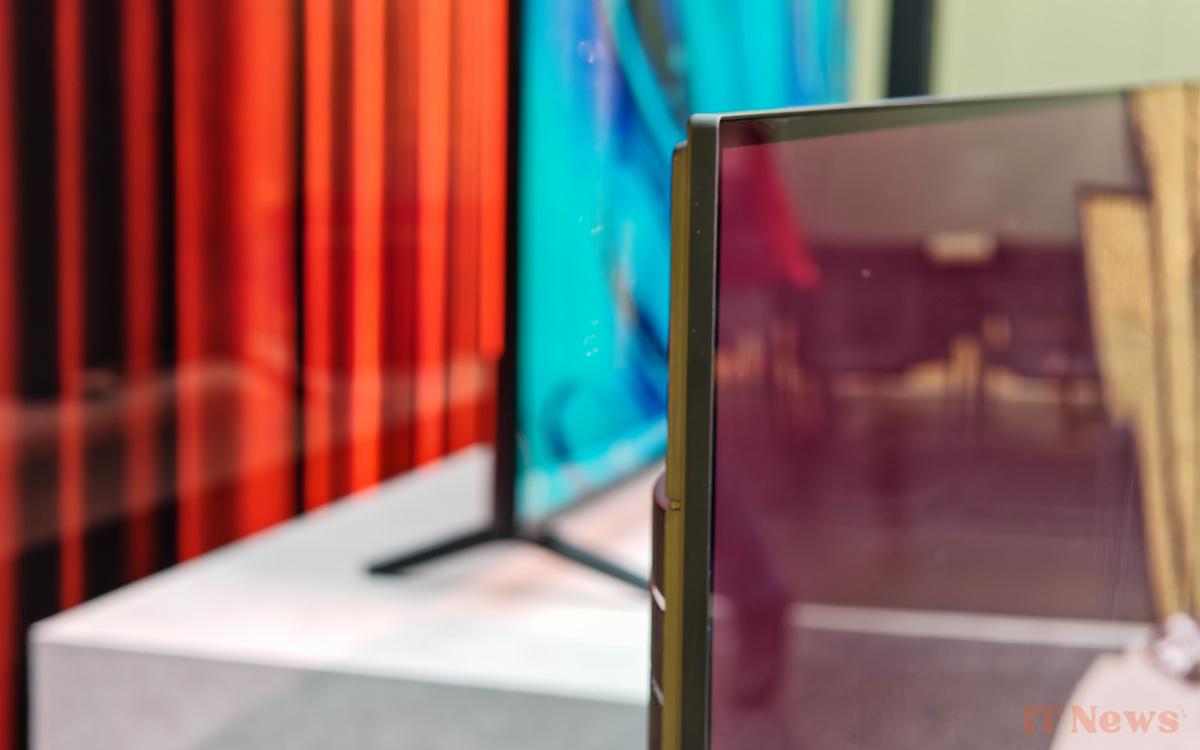
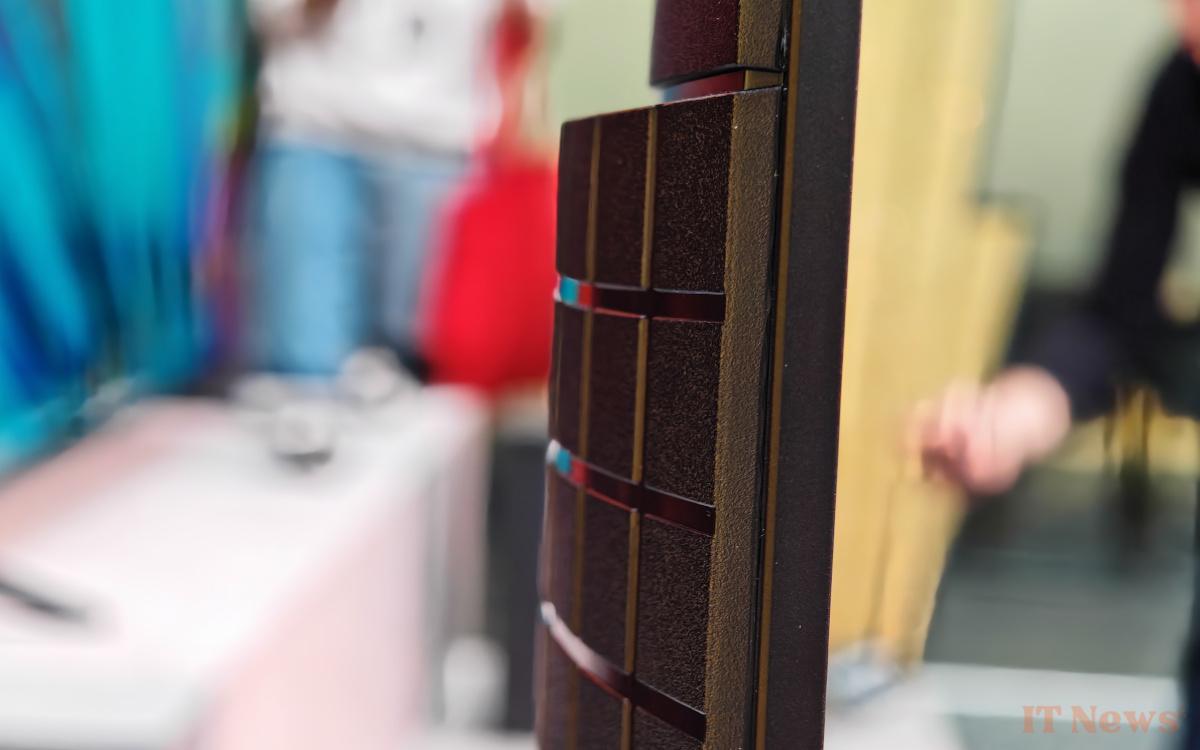
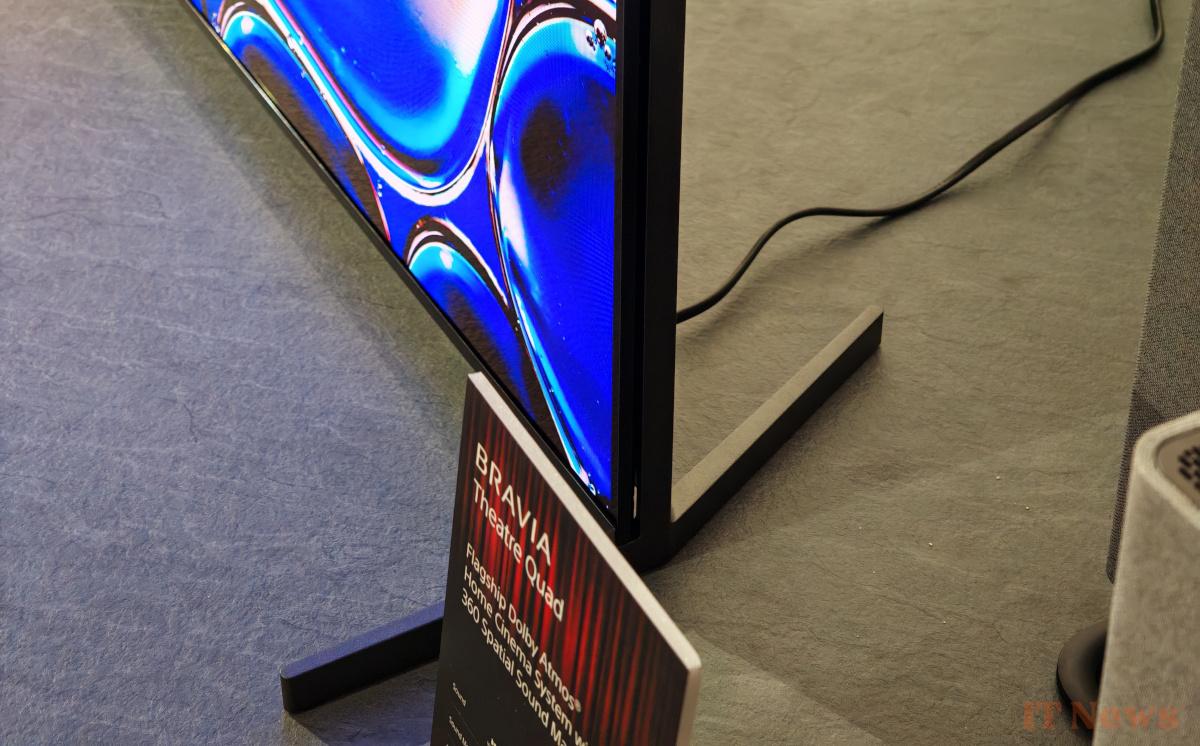
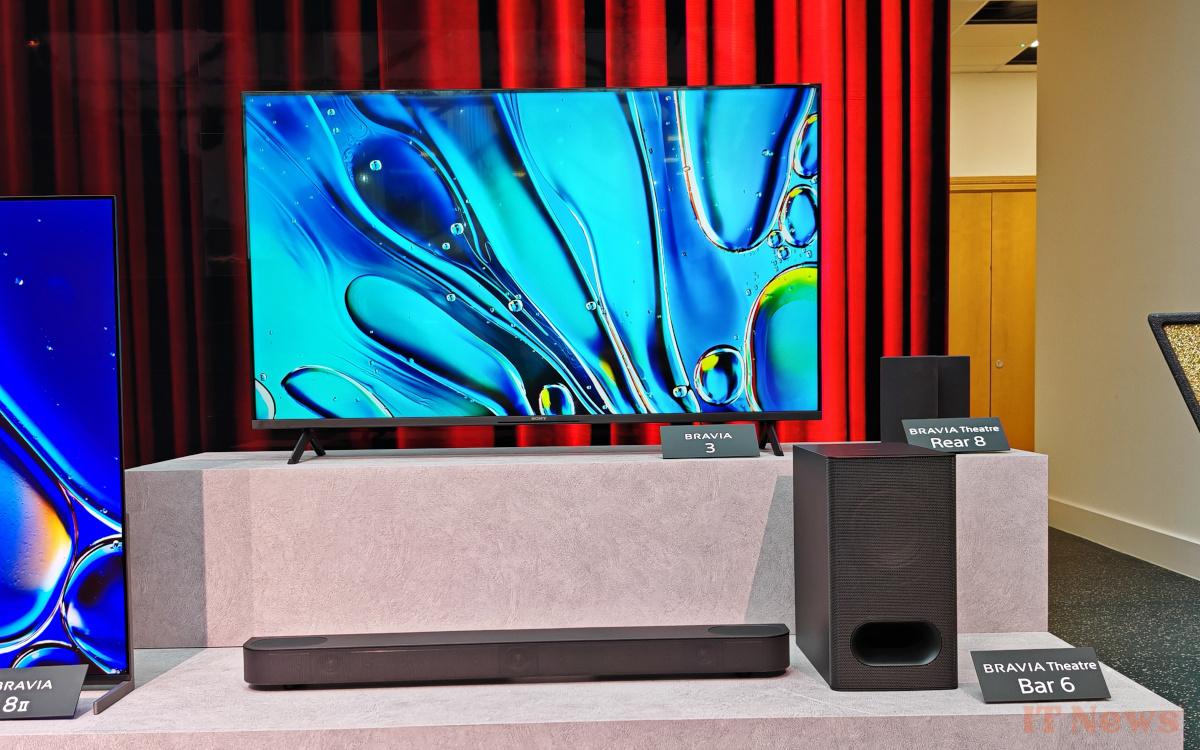

0 Comments